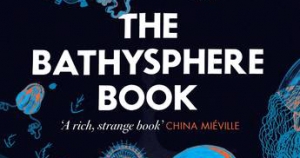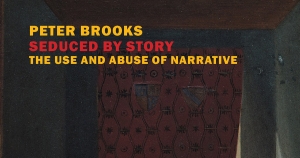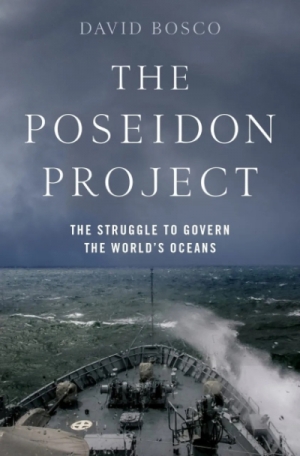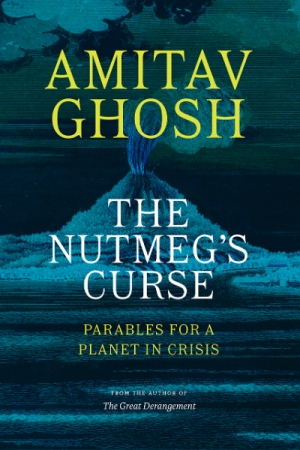Killian Quigley
Killian Quigley reviews 'The Bathysphere Book: Effects of the luminous ocean depths' by Brad Fox
In 2019, Smithsonian magazine published a profile of an American inventor, entrepreneur, and undersea explorer named Stockton Rush. Rush and his company, OceanGate, had recently celebrated the successful descent of their experimental manned submersible Titan to the extraordinary depth of 4,000 metres. Titan’s design was innovative in two important ways: its body was composed centrally of carbon fibre, which made it light and comparatively inexpensive to operate, and it was a cylinder. A spherical sub might have had ‘the best geometry for pressure’, observed Rush, ‘but not for occupation’ – and this represented an unpalatable check on OceanGate’s plans to deliver groups of high-paying tourists to the wreck of the Titanic. ‘I had come across this business anomaly I couldn’t explain,’ Rush reflected: ‘If three-quarters of the planet is water, how come you can’t access it?’
... (read more)Killian Quigley reviews 'Seduced by Story: The use and abuse of narrative' by Peter Brooks
One of the more addictive podcasts I heard in 2022 was BBC Radio 4’s The Coming Storm, a history of the QAnon conspiracy theory and its connection to the attack on the US Capitol in January 2021. In a late episode, host Gabriel Gatehouse ponders the disturbing implications of his topic for how we think about narratives, and about the role narratives play in all our lives. ‘In a democracy,’ he says, ‘the winner is not always the one who has the best ideas. The winner is the one who tells the best story – and QAnon, this tale of a looming battle between good and evil, that’s the stuff of myths and legends.’
... (read more)Killian Quigley reviews 'The Poseidon Project: The struggle to govern the world’s oceans' by David Bosco
In early 2020, as the SARS-CoV-2 pandemic took hold, a special kind of viral hazard appeared upon the surface of the sea. Offshore from Sydney, Yokohama, San Francisco, and elsewhere loitered cruise liners turned floating hot spots. As they awaited permission to dock and disembark their passengers, the boats became an inadvertent exhibition of cruising-industry foibles. Behind sluggish and patchy Covid action plans, we learned, lurked other forms of misbehaviour, from grotesquely unscrupulous labour practices to systematic tax avoidance. The high seas, it seemed, really were wild.
... (read more)Killian Quigley reviews 'The Nutmeg’s Curse: Parables for a planet in crisis' by Amitav Ghosh
Approximately 37,000 years ago, a volcano erupted in the south-east corner of the continent now known, in settler-colonial parlance, as Australia. His name is Budj Bim. As his lava spread and cooled, Budj Bim’s local relations, the Gunditjmara people, set about developing new ways of managing the changing landscape. They would engineer, most famously, a large and sophisticated aquaculture system, one dedicated in particular to the raising and harvesting of Kooyang, or eels. This infrastructure, explains Gunditjmara man Damein Bell, was instrumental in providing food to ‘one of the largest population settlements in Australia before Europeans arrived’.
... (read more)



